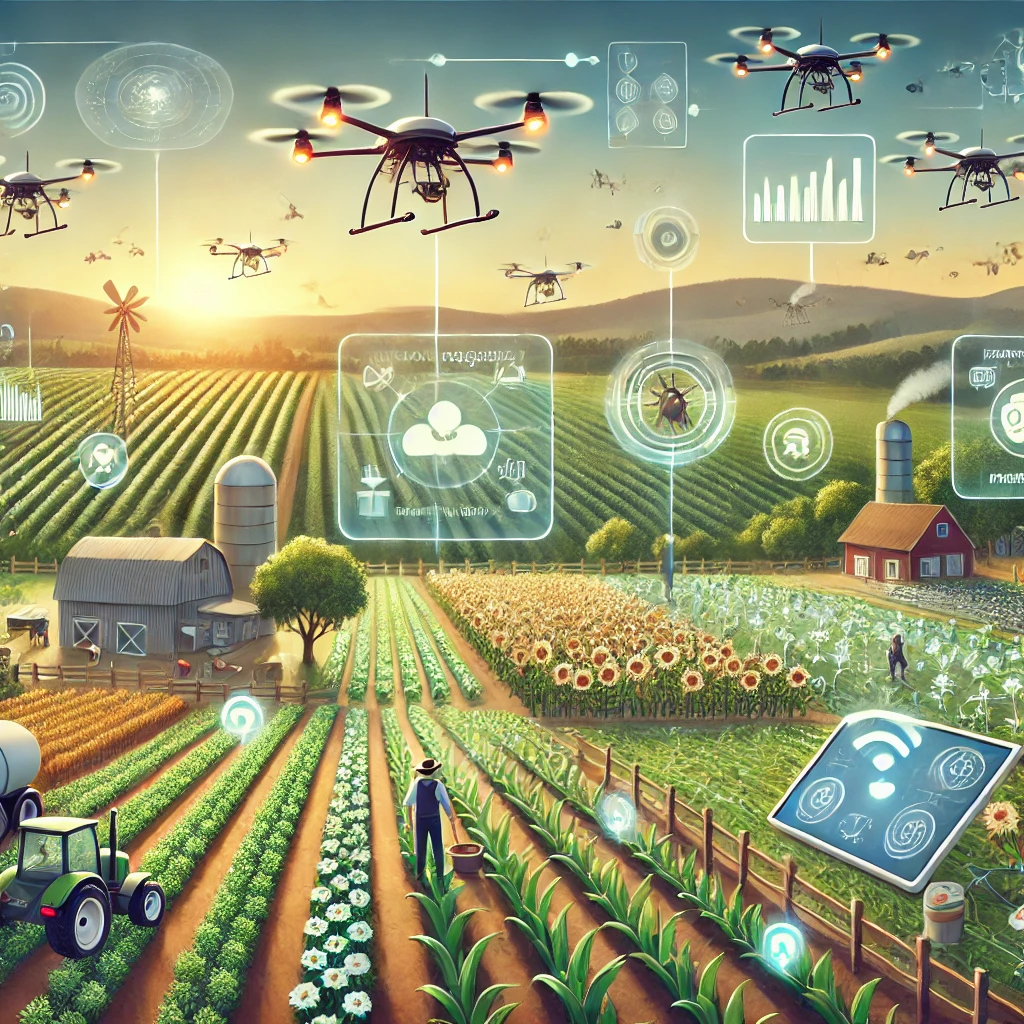
Introduction to Advanced Technology in Pest Control
The use of advanced technology in pest control is transforming the way we manage pest populations, making it more efficient, targeted, and environmentally friendly. Traditional methods of pest control often rely heavily on chemical pesticides, which can have negative impacts on non-target species and the environment. In contrast, innovative technologies such as drones, sensors, artificial intelligence (AI), and genetic engineering are enabling more precise pest management strategies that reduce collateral damage and enhance sustainability.
Drones and Aerial Surveillance for Pest Detection
Drones equipped with high-resolution cameras and sensors are becoming increasingly popular in pest management, especially in large-scale agricultural settings. These aerial devices can quickly survey vast areas to detect signs of pest infestations, such as plant stress or damage, that may not be visible from the ground. By providing a bird’s-eye view of crops, drones allow farmers to identify problem areas early, enabling targeted interventions and reducing the need for blanket pesticide applications. Additionally, drones can be used to apply pesticides precisely, minimizing the chemical footprint on the environment.
Sensors and IoT in Pest Monitoring
The integration of sensors and the Internet of Things (IoT) in pest control is revolutionizing monitoring practices. Smart sensors placed in fields, warehouses, or urban settings can continuously monitor environmental conditions and pest activity. These devices collect real-time data on factors such as temperature, humidity, and pest movements, which are crucial for predicting and managing infestations. The data collected by sensors are transmitted to centralized systems where they can be analyzed to identify patterns and optimize pest control strategies. This proactive approach helps in early detection and timely response, preventing pests from reaching damaging levels.
Artificial Intelligence and Machine Learning in Pest Control
Artificial Intelligence (AI) and machine learning are being used to enhance pest control strategies by analyzing large datasets and predicting pest outbreaks. AI algorithms can process information from various sources, including satellite imagery, weather patterns, and historical pest data, to forecast where and when pest infestations are likely to occur. This predictive capability allows for preemptive measures, reducing reliance on reactive pesticide applications. Machine learning models can also improve the accuracy of pest identification, helping farmers and pest control professionals distinguish between harmful pests and beneficial species, which is critical for implementing targeted control measures.
Genetic Engineering and Biological Controls
Genetic engineering and biological controls represent some of the most cutting-edge innovations in pest management. Techniques such as CRISPR gene editing and the use of genetically modified organisms (GMOs) allow for the development of pest-resistant crops or the alteration of pest populations to reduce their ability to reproduce or spread disease. For example, genetically modified mosquitoes have been released to control populations that transmit diseases like Zika and dengue. Biological controls, such as introducing natural predators or pathogens, offer a more sustainable and environmentally friendly alternative to chemical pesticides, supporting long-term pest management.
Future Trends in Advanced Pest Control Technologies
The future of pest control is likely to see even greater integration of technology and sustainability. Innovations such as autonomous drones, advanced robotics, and more sophisticated AI algorithms will further enhance the precision and efficiency of pest management strategies. Additionally, the development of eco-friendly biopesticides and pheromone traps will provide alternatives to traditional chemical controls, reducing the impact on non-target species and ecosystems. As these technologies become more accessible and affordable, they will play a critical role in global efforts to achieve sustainable agriculture and urban pest management.
